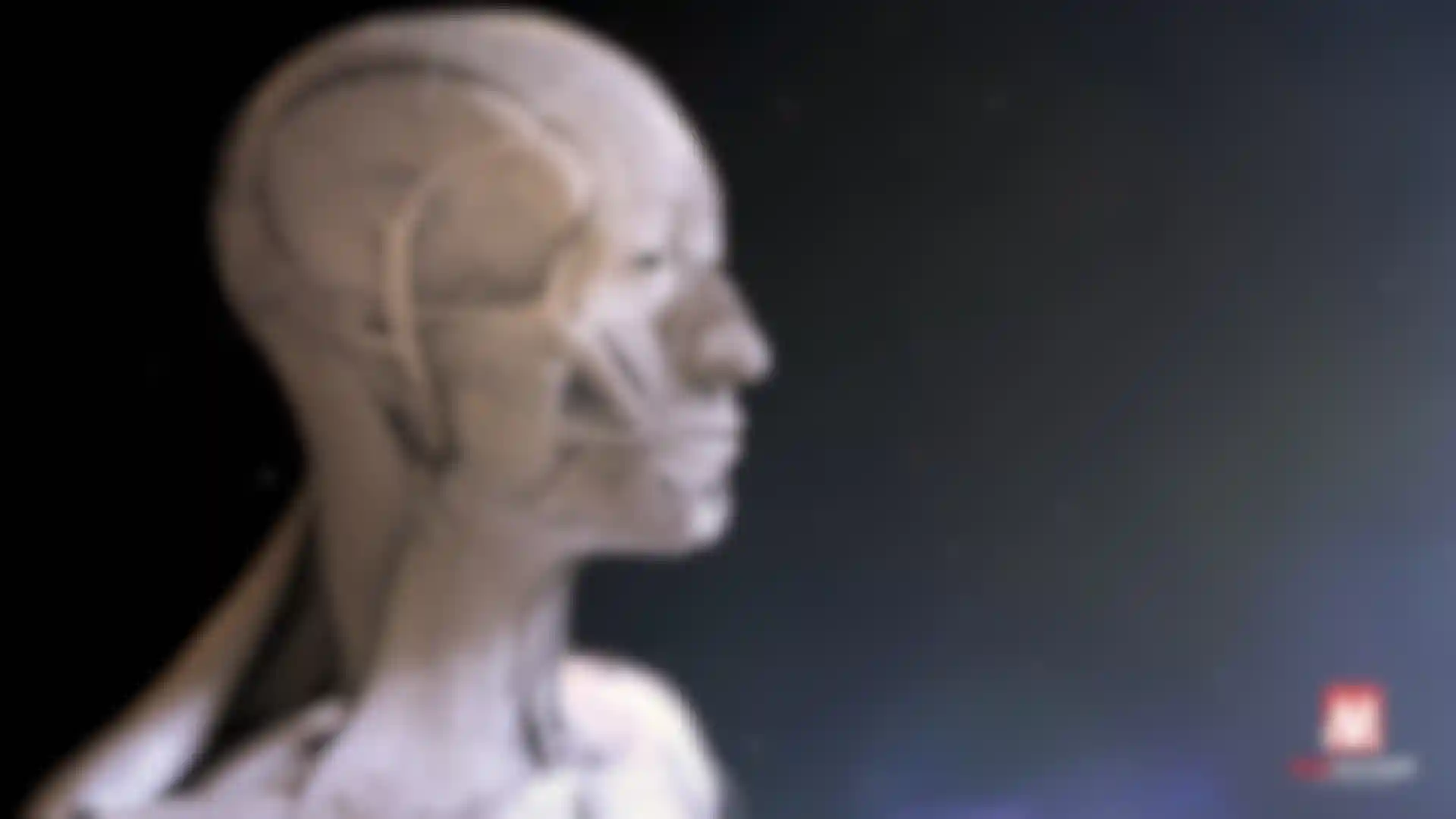
Beneath the Skin MadMicrobe created a 3D animated short to celebrate the studio’s anniversary and talented team.
Medical animator Joel Dubin founded the Philadelphia, Pennsylvania-based studio, MadMicrobe, five years ago with Emmy Award-winning animator and director Mitch Wishart, and Mike McIntyre, who serves as finance director. Since then, the studio has grown to include over a dozen full-time employees who work remotely. Having that business model in place before COVID-19 has been a boon for MadMicrobe.
To celebrate the studio's five-year anniversary and shine a spotlight on MadMicrobe's team of talented artists, Dubin used C4D and Redshift to create Beneath the Skin, an animated short designed to look like an actual title sequence for a film or TV show. The titles explore artfully rendered details of a 3D anatomical model, while credits listing the names of the studio’s team fade in and out to the rhythm of the soundtrack.
Crediting the Team
Though it was released in honor of the studio’s anniversary, the project did not start out that way. It began about a year ago when Dubin, MadMicrobe’s creative director, spent a weekend exploring an anatomical model of a human skeleton in Cinema 4D. He thought of the time as a good exercise in lighting and texturing, while aiming for a minimalist monochromatic look and focusing on grayscale tones and value. What he created inspired him to integrate typography, which got him thinking about title sequences in the vein of Altered Carbon and Westworld.
But who would be listed in those titles? he wondered. And then Dubin realized he’d stumbled on a way to shine a spotlight on the whole MadMicrobe team who, in addition to their many previous awards, recently picked up three Muse Creative Awards for a stereoscopic CG medical animation they created for an event in Vienna earlier this year.
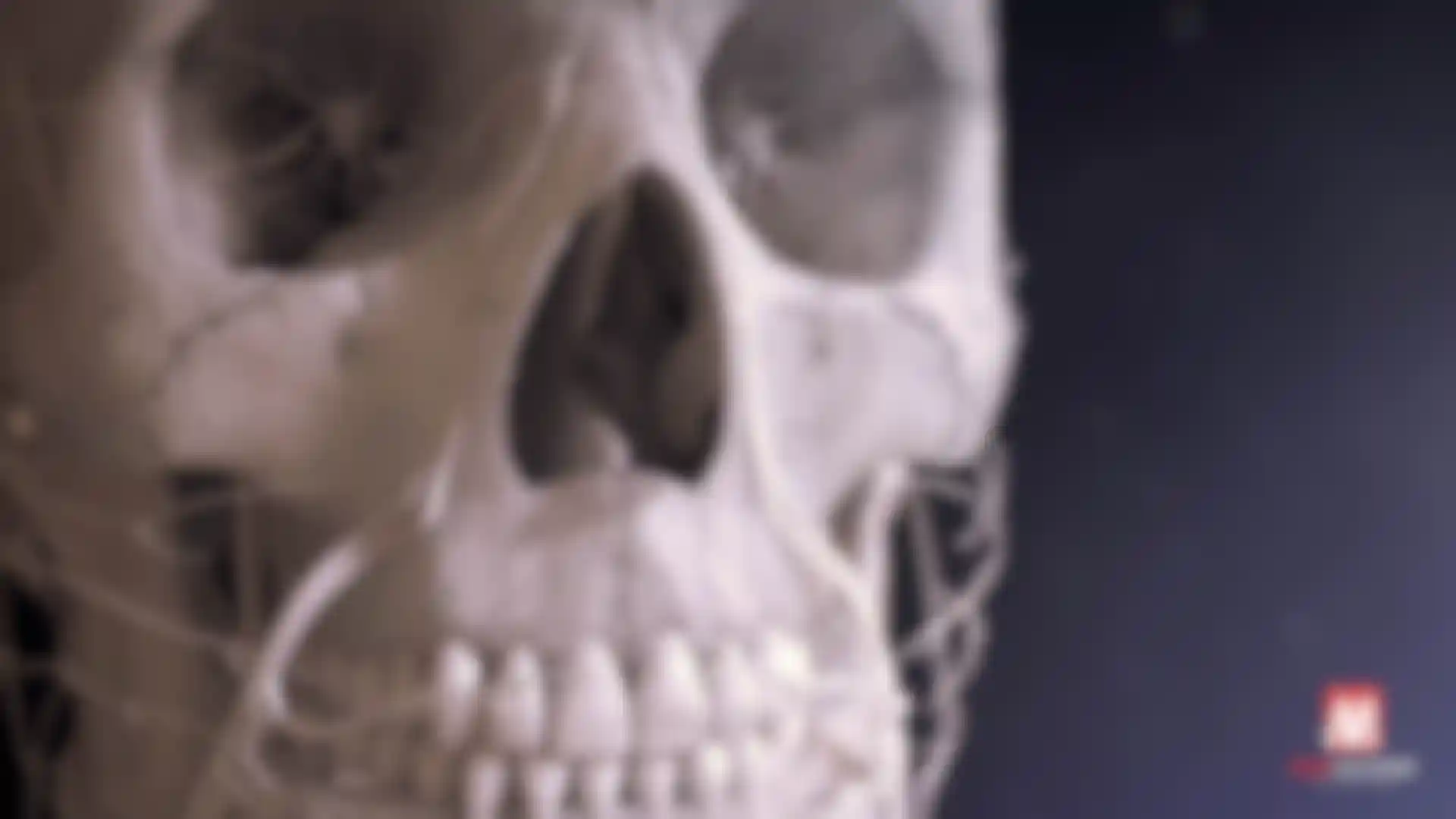
“Though we may not be sitting in the same studio space, everyone on this team actively contributes to the work we do,” Dubin says, explaining that “there are conversations going on continuously where we share clips of what we’re working on, discuss techniques and give feedback that helps keep us all focused, inspired and moving forward.” Everyone also works together to solve technical issue and, though the work is demanding, there’s always a sense of fun. “I feel like there’s more camaraderie and better morale between all of us than there ever was in any office cubicle I’ve worked in,” Dubin says.
Wishart, who serves as executive producer, agrees. “We don’t want anyone on the team to ever feel like separate entities handling their tasks all alone. And we are all aware that we are working towards a singular goal together, which really energizes us.”
Last year, MadMicrobe opened a new branch in the UK, giving them more of a global presence working with UK /European clients, as well extending the number of time zones in which the team can continue to be productive between North America and Europe.
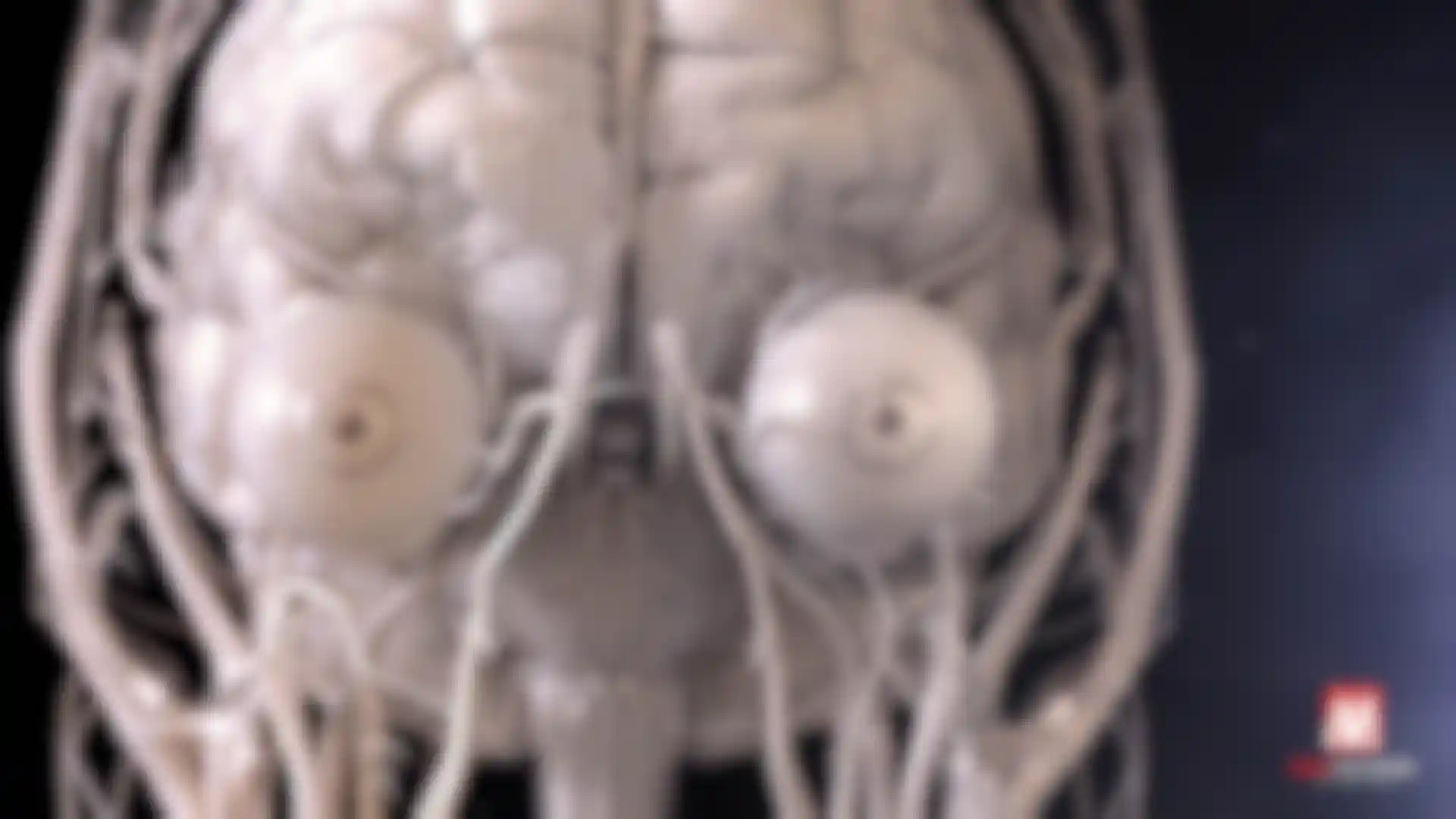
Regardless of where team members are located, discussions for each project typically include an art director, producer, animators and MadMicrobe’s science consultant, Veronica Falconieri Hays, who is herself a certified medical animator and illustrator. In addition to reviewing scientific reference documents and images with the other artists, Dubin, Wishart and the studio’s Animation Director, Alan Smith, carefully go over a project’s script before beginning to visualize the storyboard and assign animations.
“Understanding the science story is very important, but the fun part is trying to visualize how to approach each shot in a cinematic way, figuring out where can we push the envelope while looking at actual SEM (scanning electron microscope) reference photos of a cellular environment,” Smith explains. “Science can be dry, so we try to build a sense of wonder and excitement into our work, while making sure the science and messaging points of the story remain intact.”
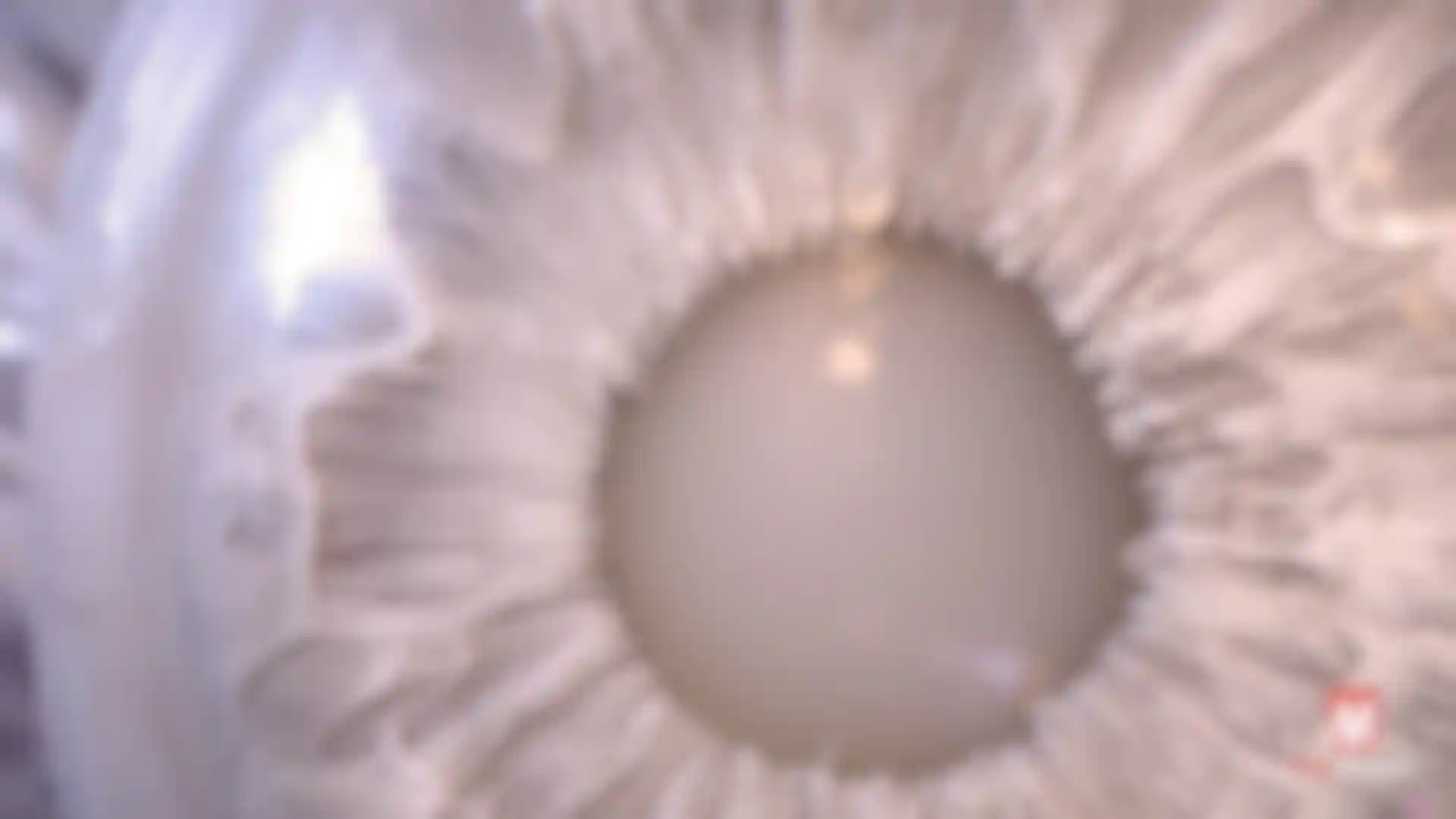

It’s critical that MadMicrobe’s work be scientifically accurate because the animations the team creates, primarily for healthcare communications agencies and pharmaceutical companies, depict how particular drugs work within the body, or show how diseases progress. So even though Dubin and Wishart have decades of experience creating medical animations, they still rely on input from medical experts, particularly Falconieri Hays, who also uses Cinema 4D to prepare accurate 3D molecular models for the studio to use in scene files.
“We’re always sure to start with molecular models that are accurate,” Wishart says, adding that, very often, the team reimagines models for healthcare agencies in more stylized ways, while still maintaining key features. It all depends on what kind of audience the animation is intended for. “If it’s for medical professionals, we tend to keep it high science, but when it’s for a consumer-based audience, we can sometimes have a little more fun and be a little more creative in how we portray these things.”
Science Meets Creative License
If it seems odd that a medical animator would spend time making an arty-looking title sequence, it isn’t. Medical animators and illustrators are essentially scientific storytellers charged with making complex, and often unseen, processes, interactions and reactions visually compelling and understandable.” Doing that requires taking some artistic license. “If we visually approach our work with the eyes of a motion designer, or even a sci-fi film director, it can resonate with a greater audience. That’s where my head was when creating Beneath the Skin.”
Though the soundtrack inspired some of the shots, he struggled for months to create everything he needed to fill it out. Going for a surreal and abstract look, the animated piece starts inside the body. After a quick glimpse of the spine, the camera moves through the nasal cavity—a much more interesting journey that it sounds like it would be.
“I was really surprised to discover so many interesting shots after positioning the camera deep inside the nose,” he recalls. “I opened the focal length to discover a POV that felt like I was inside a cathedral-size space, and the nasal turbinates hanging overhead looked almost like a frozen 40-foot tidal wave.”
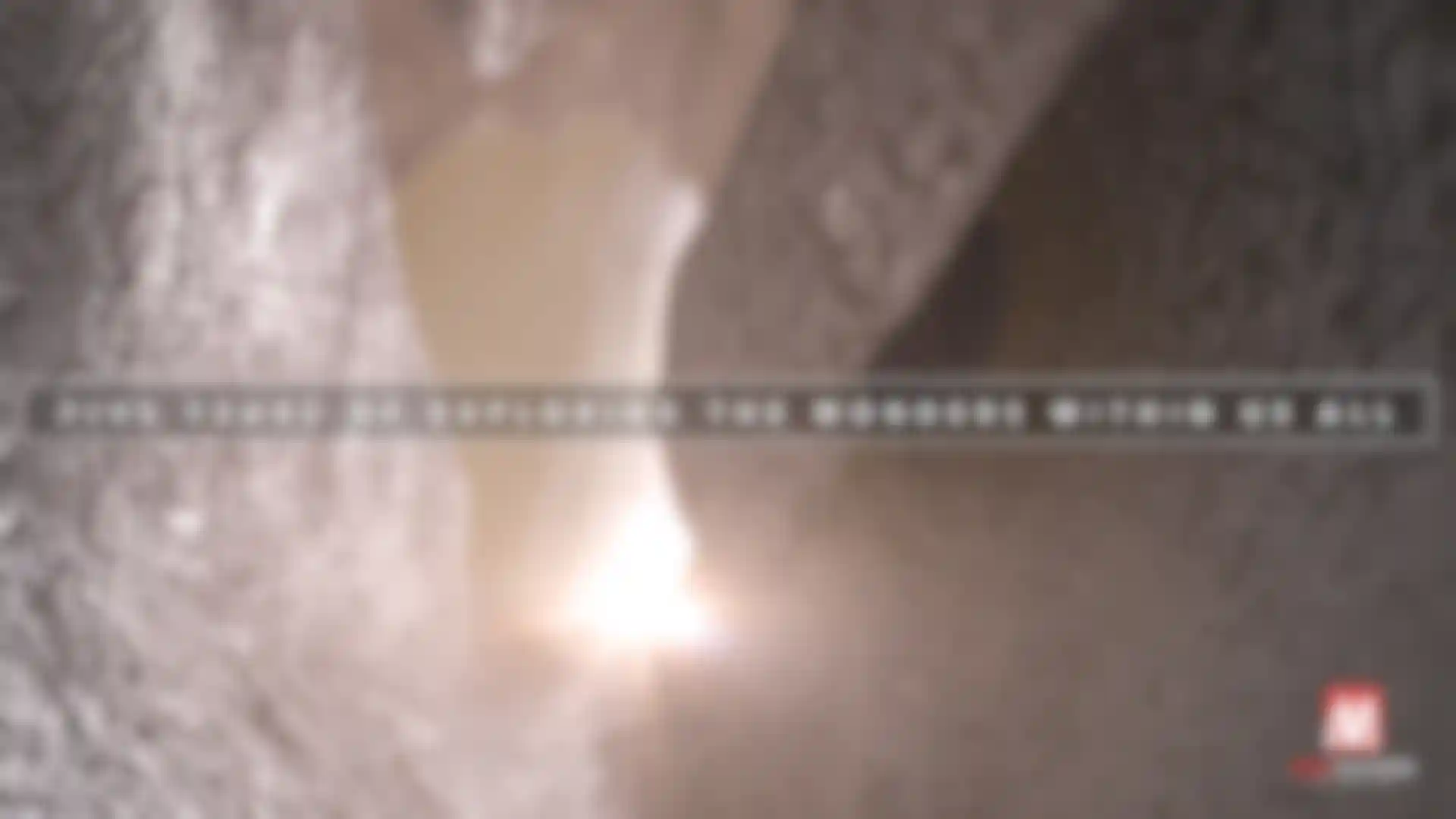
Moving up the spine, the camera switches to a shot of a skinless human head with visible arteries pulsing on one side. To keep things interesting, Dubin tried to find some element in most of the shots that he could animate rhythmically to the beat of the music—blood cells pulsing through vessels, dilation of the eyes, a beating heart. He pulled all of the shots together by connecting subtle movements with the soundtrack.
Dubin also looked for ways to enhance the models with zoomed in very close. Because some of the details fell apart at that level, he sometimes went back in and sculpted additional details using Cinema 4D’s sculpting tools. He also retextured things at a higher resolution, including the teeth in one of the shots, as well as various blood vessels. One of the things he finds most interesting about the title sequence is that the anatomy is often almost unrecognizable.
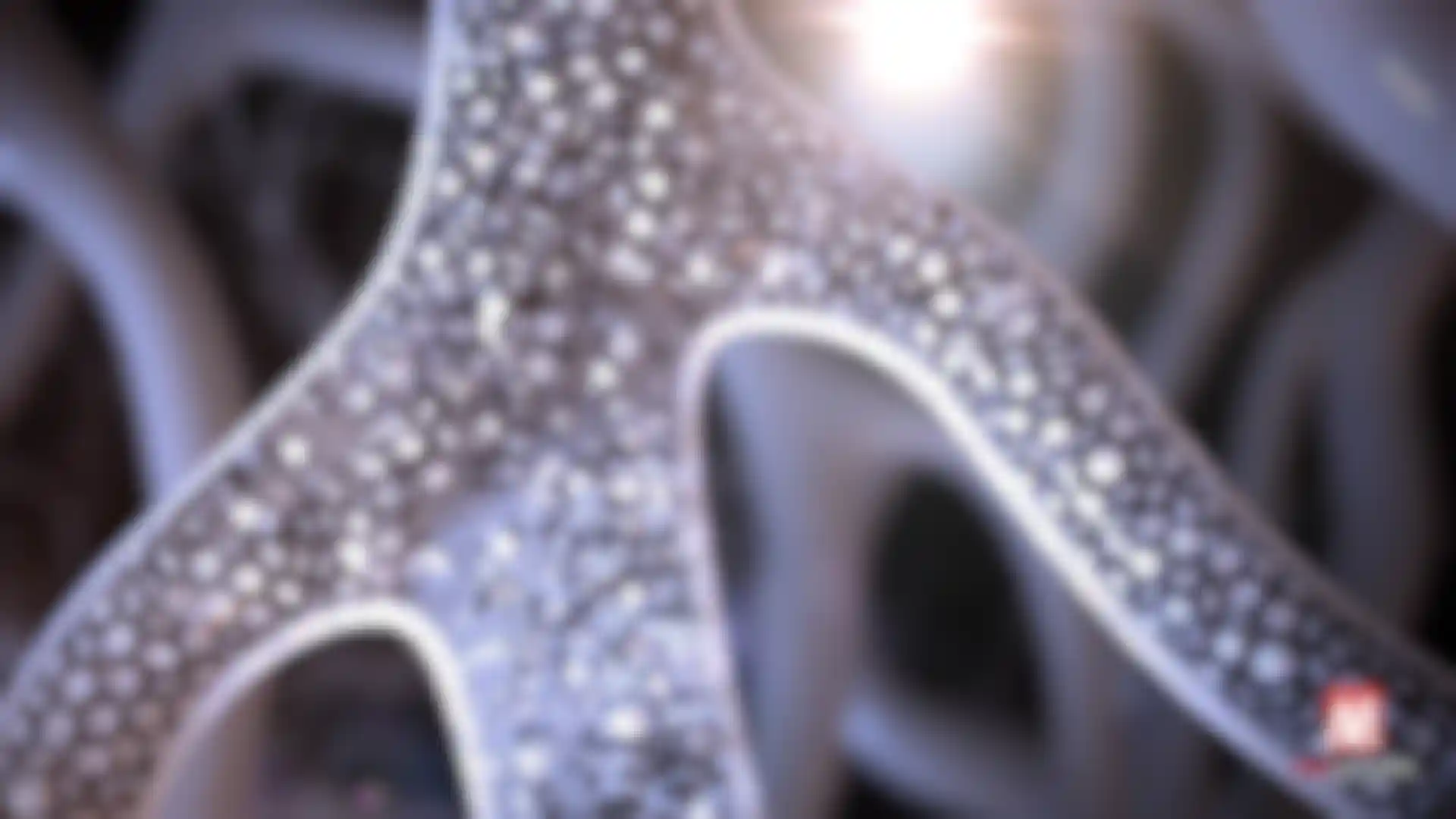
“This project helped me better learn how to trust the creative process, be patient and try not to overthink,” he says, explaining that, as an animator with a focus on medical visualization, this exercise helped him break out of his usual mode of thinking about day-to-day work.
“Many of us in this field can fall into the habit of approaching a new project involving human anatomy in the most obvious ways. Sometimes, just moving the camera around and looking at the subject matter from a different point of view can bring new life and drama into an image. And if the audience maintains their interest, they’re more likely to come away having learned something, which is the point of what we do.”